Strategic waterway
According to the Thanh Hoa Irrigation Department, the Le Dynasty canal system flows through the area for nearly 17km, connecting Thieu Hoa district, through Dong Son district, Thanh Hoa city, Nong Cong, to Quang Xuong and Nghi Son districts.
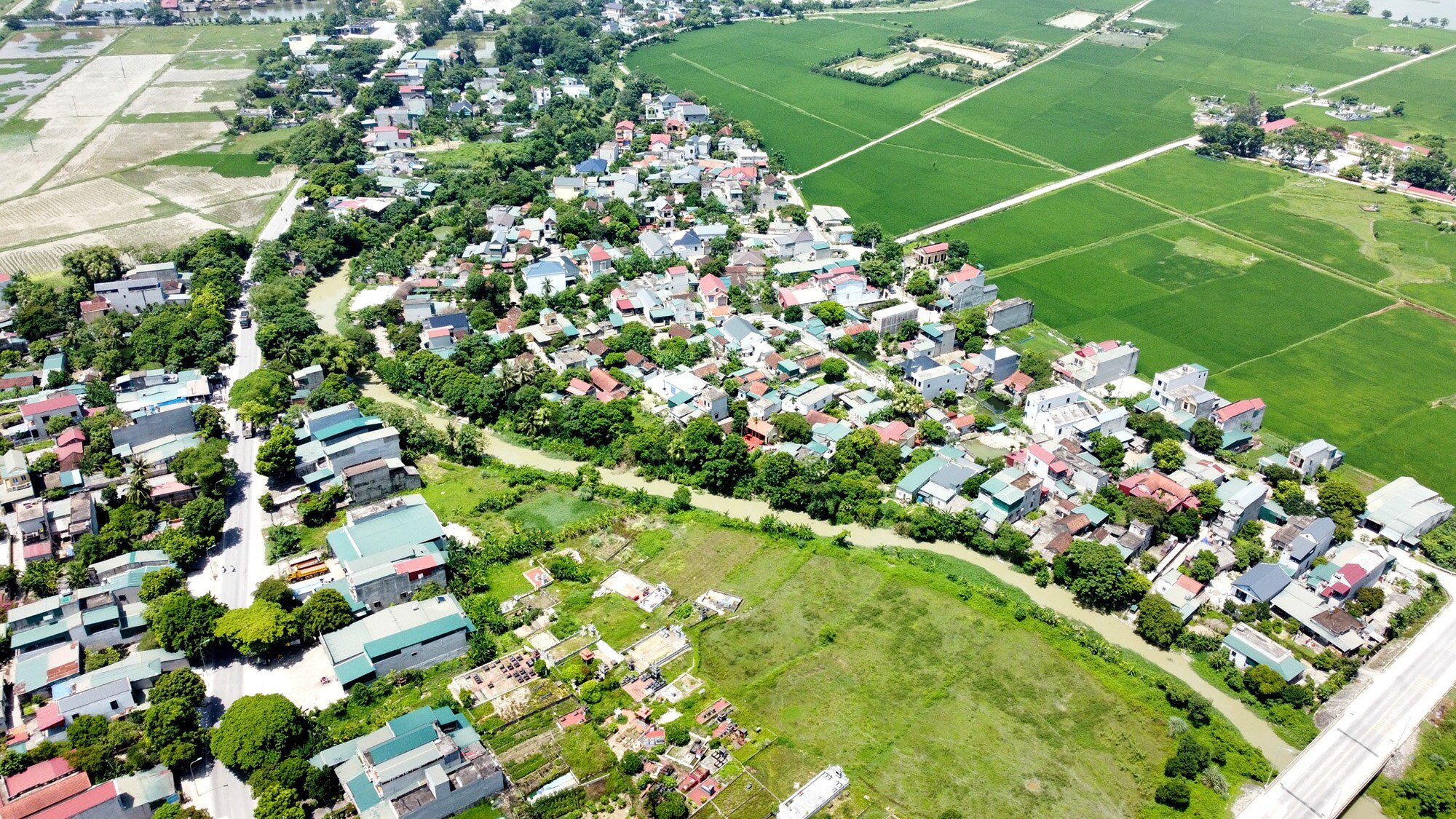
The Le Dynasty branch of the river, also known as the Le Dynasty canal, flows through the Dong Son district and Thanh Hoa city.
"Despite the rapid urbanization process, there remains a tranquil river beneath rows of casuarina trees, embracing the glorious memories of a bygone era," shared Mr. Nguyen Duc Trung, Deputy Director of the Thanh Hoa Department of Transport.
Currently, the canal system of the Le Dynasty no longer serves its transportation purpose due to its narrow and impassable channel, and therefore only functions for irrigation.
However, the intact remnants and current state of the canal need to be preserved so that future generations will know the value of a structure that has existed for centuries, marking the glorious history of the nation.
Mr. Nguyen Duc Trung, Deputy Director of the Thanh Hoa Department of Transport.
Mr. Trung stated that studies show that, originating from the pre-Le Dynasty in the late 10th century, the Ly, Tran, Le, and Nguyen dynasties (especially under the Le Dynasty) continued to excavate and rebuild the canal, creating a complete waterway from Thanh Hoa to Quang Binh .
According to Dr. Le Ngoc Tao, Chairman of the Thanh Hoa Provincial Historical Science Association, the Le Dynasty canal system is considered the first inland waterway in Vietnam, connecting inland administrative and economic centers with trading ports.
"In terms of national defense, the canal system of the Le Dynasty played a crucial role in the resistance wars. This was most evident in the resistance war against the US to save the country," said Dr. Le Ngoc Tao.
The canal system restored during the Le Dynasty started in Yen Mo district, Ninh Binh province, ran through Thanh Hoa and Nghe An provinces, and ended in Cam Xuyen district, Ha Tinh province.
The large-scale dredging of the Le Dynasty canal system from Ninh Binh to Ha Tinh was directed by the Ministry of Transport. Construction began on September 25, 1965, mobilizing thousands of laborers from the localities through which the canals flow.
On January 14, 1966, the Government Council established the Le Dynasty Canal Exploitation Board, abbreviated as Board KT66, under the River Transport Department. Board KT66 commanded the canal dredging forces, organized transportation, and directly engaged in shooting down enemy aircraft and clearing mines.
After dredging, ships with a tonnage of 15 tons could easily navigate this canal. Three companies of volunteer youth, with a total of nearly 1,000 members, were assembled at key sections of the canal, ready to clear the waterway if it was attacked by the US Air Force.
The heroic feat of the "army" of bamboo boats.
Dr. Tạo stated that in 1965, the US imperialists began a campaign to bomb North Vietnam in order to destroy vital transportation routes and cut off the supply lines from North to South.
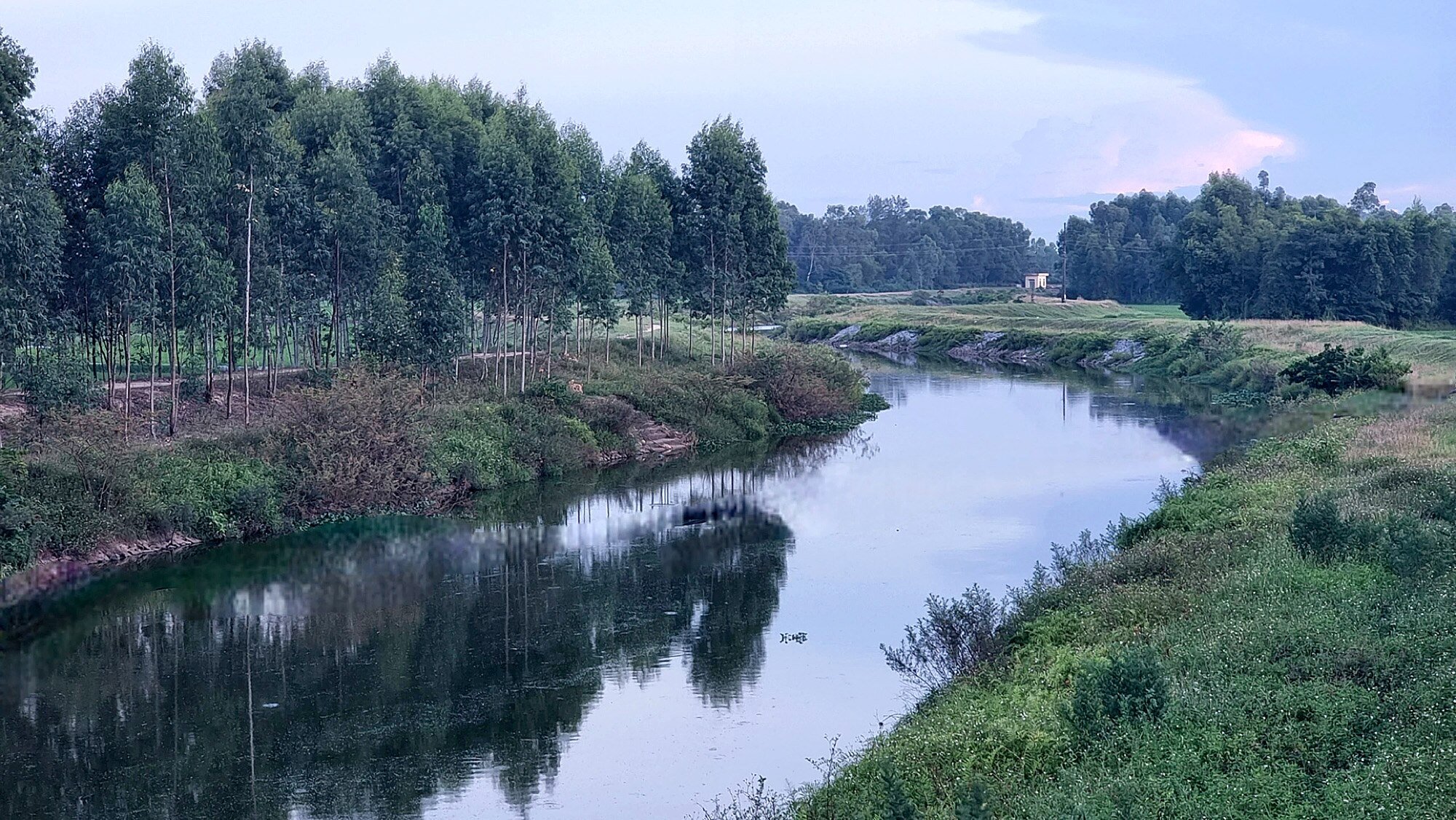
The Le Dynasty River still retains many pristine sections, hidden beneath rows of casuarina trees.
In Thanh Hoa, the Do Len Bridge, Ham Rong Bridge, Ghep Ferry, and other key targets of fierce bombing, paralyzing almost all railway and road routes to the South. Therefore, the Le Dynasty canal became a vital artery. In this context, a unique yet highly effective transport unit emerged: the "army" of bamboo boats.
Thanh Hoa was tasked by the central government with transporting a huge volume of goods to the South under conditions of limited transportation resources. In addition to other means of transport, Thanh Hoa established three workshops and mobilized 1,600 skilled workers to weave bamboo boats. In a short time, a "fleet" of 5,000 bamboo boats was created.
Due to improvements and increased size compared to traditional bamboo boats, each bamboo boat serving the battlefield usually required two volunteer youths to operate and was capable of carrying up to 3.5 tons of cargo.
From Thanh Hoa, tens of thousands of tons of goods for the Southern battlefield were transported by volunteer youth using small boats along the Le Dynasty canal, covering hundreds of kilometers from Thanh Hoa to the Củi Temple area (Ha Tinh). From there, these tons of goods were transported by transport units up the Truong Son Road or into Laos to support the resistance.
At that time, on the Le Dynasty canal, in addition to the bamboo boats, there were also the K66 wooden boats and transport vessels of the Thanh Hoa River and Sea Transport Company operating busily day and night. It was on that very canal that thousands of people perished, including over 1,000 from the Thanh Hoa Transport sector alone.
Along with Thanh Hoa, Thai Binh province also established Company 206, one of three youth volunteer companies with a total strength of thousands of people, manning key sections along the entire Le Canal. From 1965, Company 206 was responsible for transporting food and necessities from Thanh Hoa to Ha Tinh, sometimes even as far as Quang Binh and Quang Tri. At times, tens of thousands of boats were simultaneously navigating this canal.
"This waterway is considered a 'Ho Chi Minh Trail' on the river," Dr. Tao said.
The historical river needs to be preserved.
Currently, the Le Dynasty canal, which runs through Thanh Hoa province, is an irrigation project managed by Song Chu One-Member Limited Liability Company. Its function is to irrigate over 4,500 hectares of agricultural land and drain water for Thieu Hoa, Dong Son districts and Thanh Hoa city.
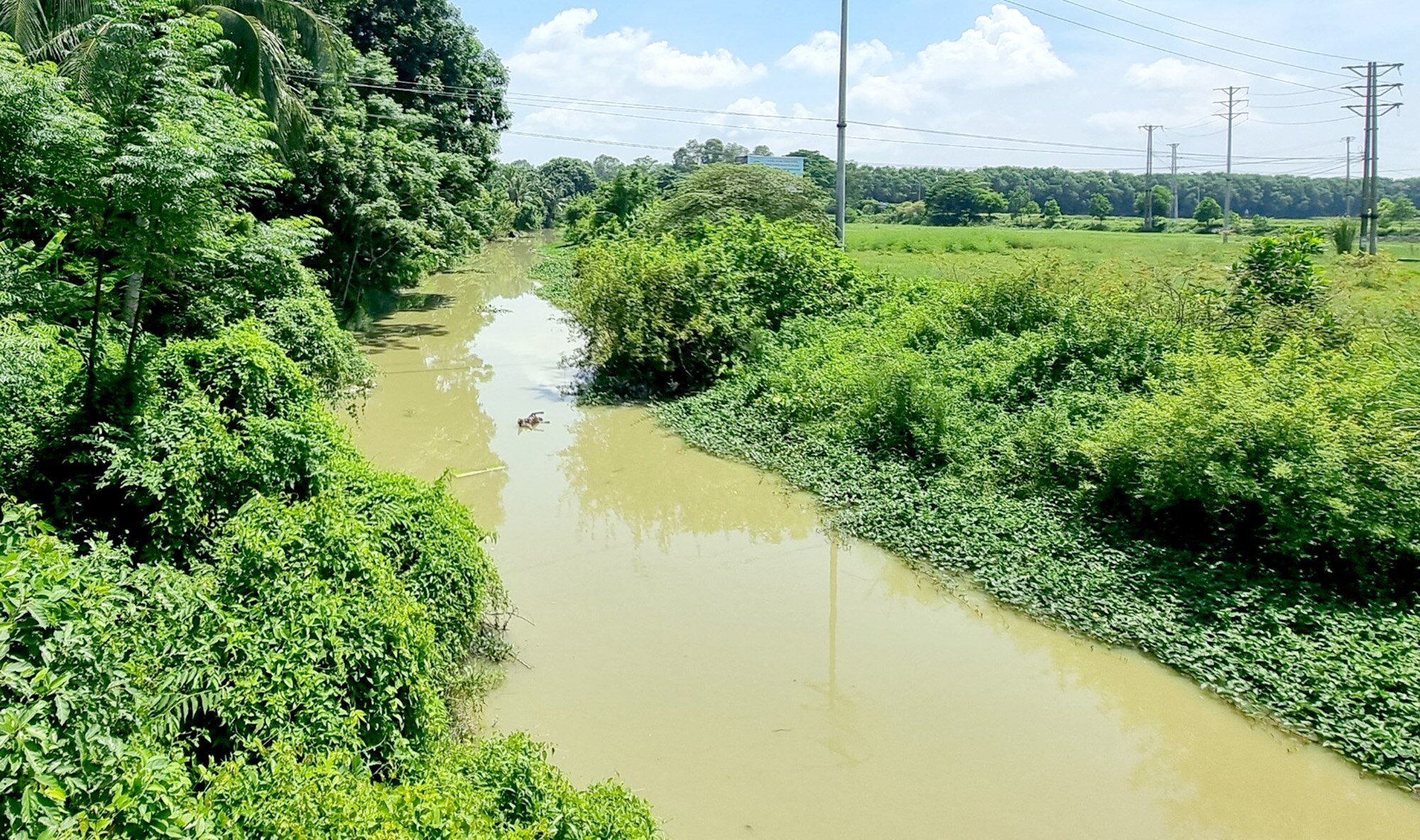
A section of the Le Dynasty river in the area of Hang Bridge, crossing National Highway 1 in Nghi Son town, Thanh Hoa province.
According to the Thanh Hoa Irrigation Department, in 2016, the canal was repaired and dredged, and the riverbed was basically clear, ensuring the drainage function of the project.
However, some old bridges, built a long time ago, still exist with small navigable cross-sections, which narrow the flow and cause erosion of the riverbed and banks downstream. Downstream of the railway bridge, there is still a stone processing enterprise that discharges wastewater containing stone dust directly into the river, causing siltation and environmental pollution.
According to Dr. Le Ngoc Tao, in recent times, due to changes in river course and faulting, the Le Dynasty river system no longer retains its original value. In many places, sections of the river have been filled in. However, some areas still retain their function, such as the northern part of Nghi Son, which is still connected to the Tram Canal and Hao Canal leading to Nghe An.
"Although it mainly serves irrigation purposes and no longer has the waterway transport activities of the past, it is very important to preserve this historical river. The river's course has been disrupted, but we can choose sections that are still intact to preserve and pass on its historical value to future generations," Dr. Tao further shared.
Source: https://www.baogiaothong.vn/duong-mon-ho-chi-minh-บน-song-o-xu-thanh-192240926223915014.htm












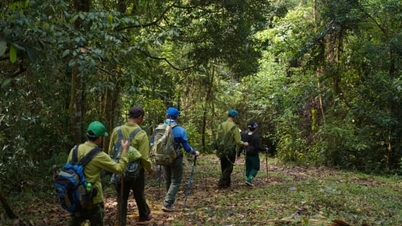


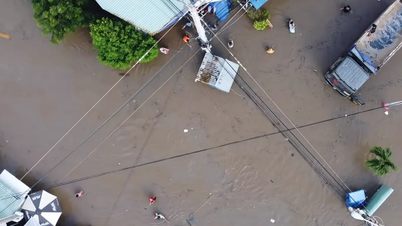

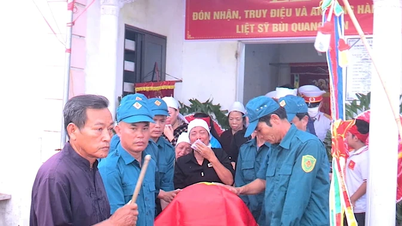




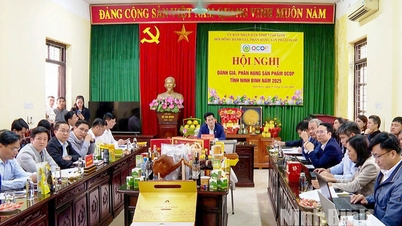
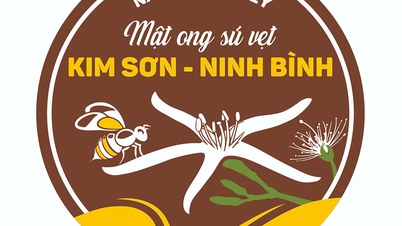
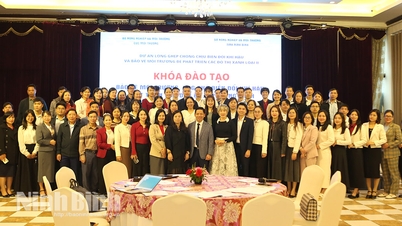




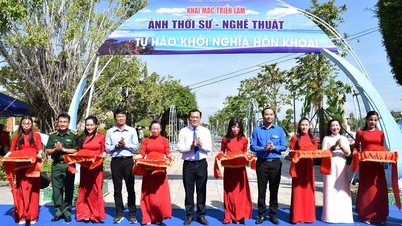
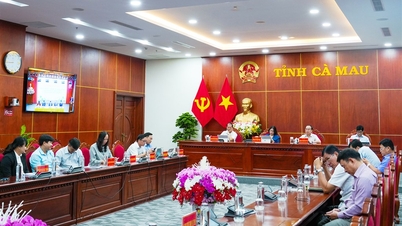
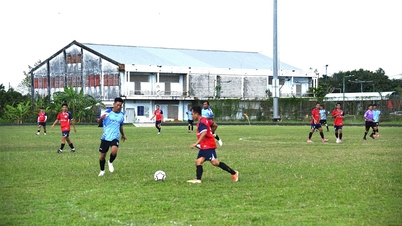

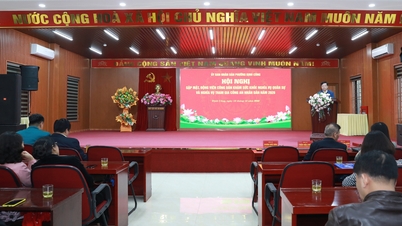




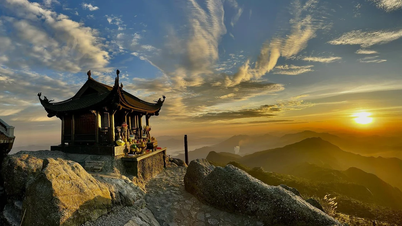






















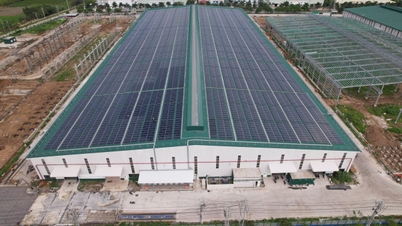


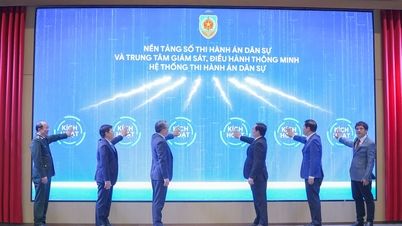






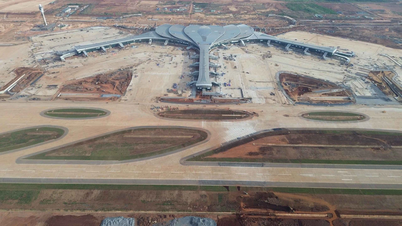



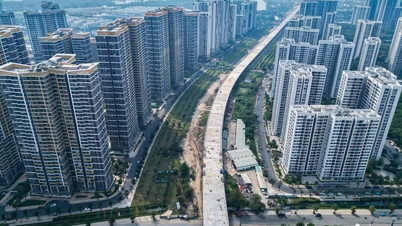

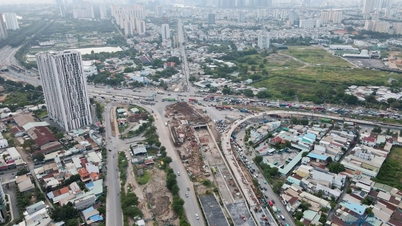
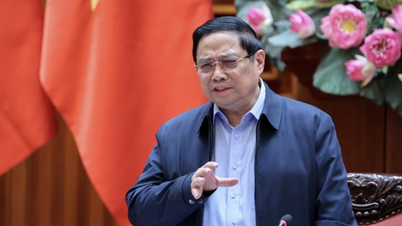



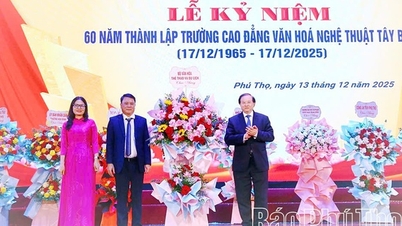
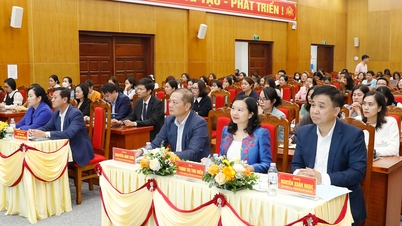

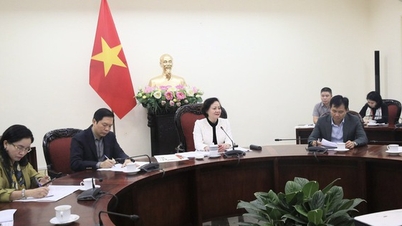
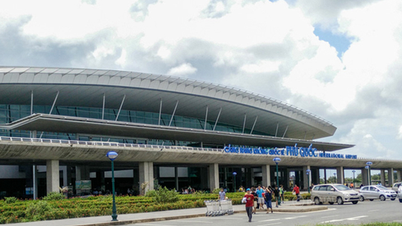
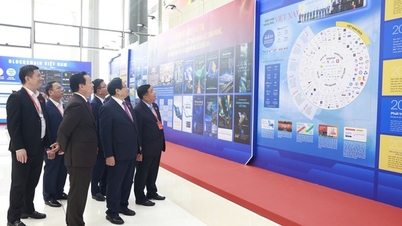

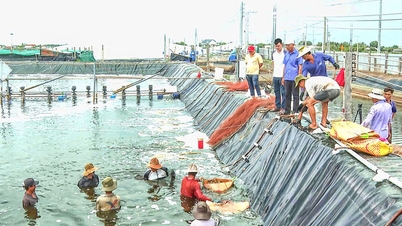

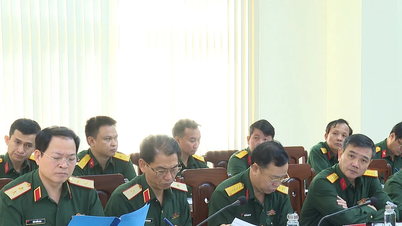


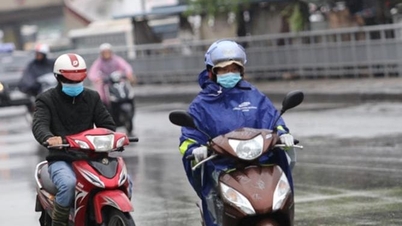









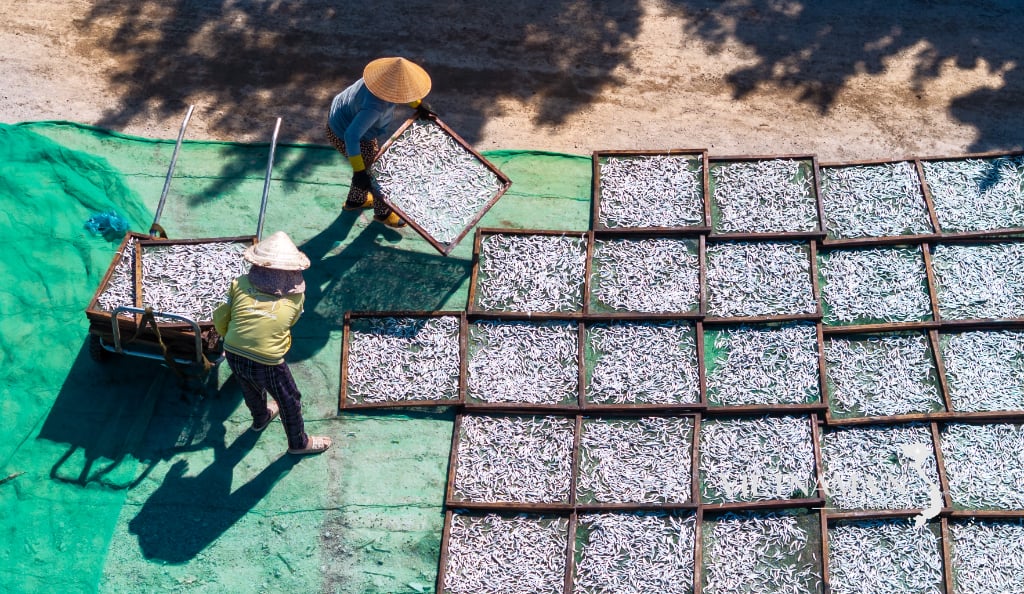



Comment (0)